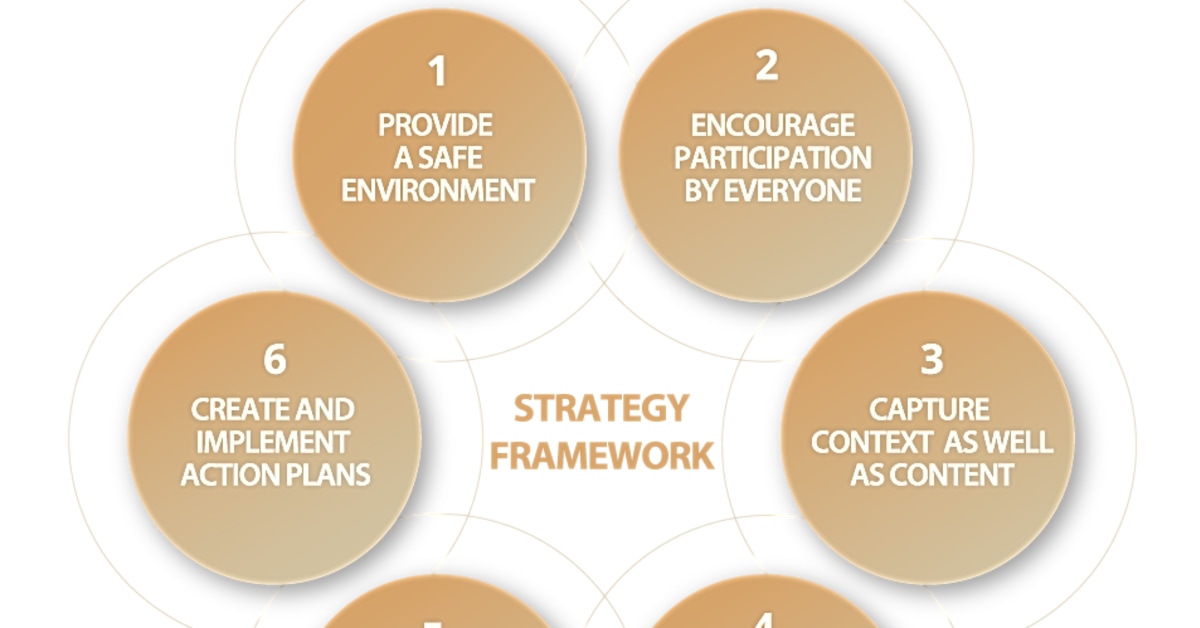How to Set a Strategic Direction for Your Business

Welcome to our article on how to set a strategic direction for your business. As a leader, it is essential to have a clear vision and direction for your company in order to achieve success. Setting a strategic direction involves making informed decisions about the future of your business, based on thorough analysis and understanding of your industry and market. Whether you are just starting out or looking to grow your existing business, having a well-defined strategic direction is crucial for long-term success. In this article, we will delve into the importance of setting a strategic direction, and provide practical tips on how to do so effectively. So sit back, and let us guide you on the path towards achieving your business goals.
To effectively cover the topic of setting a strategic direction, we will break down the process into four main sections: strategic planning, developing organizational strategy, implementing effective solutions, and resources for strategic analysis, thinking, and leadership.
Strategic Planning
Strategic planning is the process of defining a company’s direction and making decisions on allocating its resources to pursue this direction. It involves assessing the current state of the business, identifying goals and objectives, and creating a roadmap to achieve them. This step is crucial in setting a strategic direction as it sets the foundation for all future decisions.
Developing Organizational Strategy
Once the strategic planning is complete, the next step is to develop an organizational strategy. This involves analyzing the external environment, such as market trends and competition, as well as the internal capabilities and resources of the company. By understanding both these factors, a clear direction can be set for the business.
Implementing Effective Solutions
With a solid strategic plan in place, it’s time to put it into action. This involves implementing effective solutions that align with the set direction. It’s important to regularly review and adjust these solutions as needed to ensure they are still in line with the overall strategy.
Resources for Strategic Analysis, Thinking, and Leadership
In order to continuously improve and maintain a strong strategic direction, it’s important to have access to resources that can aid in strategic analysis, thinking, and leadership. This can include industry reports, market research, and tools for data analysis.
By following these four main sections, businesses can set a clear and effective strategic direction that will guide them towards long-term success. Remember, it’s important to regularly review and adjust this direction as market conditions and customer demands change.
Implementing Effective Solutions
In this section, we will focus on how to effectively implement your strategic plan and organizational strategy. We will cover best practices for project management, change management, and risk management to ensure the successful execution of your strategic direction. We will also discuss how to measure and track your progress to make necessary adjustments along the way.
Resources for Strategic Analysis, Thinking, and Leadership
Finally, we will provide a list of resources for strategic analysis, thinking, and leadership. These resources include books, articles, podcasts, and courses that can help you further develop your strategic skills and stay ahead of the game in a constantly changing business landscape.
Developing Organizational Strategy
Once you have a strategic plan in place, it is crucial to develop an organizational strategy that aligns with it. This will help ensure that all aspects of your business are working towards the same goals and objectives.
There are different types of organizational strategies that can be implemented, including functional, divisional, and matrix. Each type has its own benefits and is suitable for different types of businesses.
One of the key elements of developing an organizational strategy is effective communication. It is important to clearly communicate the strategy to your team so that everyone is on the same page and working towards the same goals. This can help improve overall teamwork and productivity.
Another important aspect to consider is agility and flexibility in your organizational strategy. With constantly changing market conditions and evolving customer demands, it is essential to have a strategy that can adapt and pivot when needed. This will help your business stay competitive and relevant in the long run.
Developing a Strategic Plan for Your Business
In today’s fast-paced and ever-changing business landscape, having a clear strategic direction is crucial for long-term success. This is where strategic planning comes in – it is the process of developing a roadmap that outlines your business goals and objectives, and how you plan to achieve them.
By having a solid strategic plan in place, you can effectively navigate through market changes, stay ahead of competitors, and meet the evolving needs of your customers.
So, let’s dive into the importance of strategic planning and how you can create a comprehensive plan for your business.
Conduct a SWOT Analysis
The first step in strategic planning is conducting a SWOT analysis – an evaluation of your business’s strengths, weaknesses, opportunities, and threats. This allows you to identify your competitive advantages, areas for improvement, potential growth opportunities, and potential risks.
By understanding your internal strengths and weaknesses, as well as external opportunities and threats, you can develop strategies that leverage your strengths and mitigate any potential threats.
Set SMART Goals
Once you have conducted a SWOT analysis, the next step is to set SMART (Specific, Measurable, Achievable, Relevant, Time-bound) goals. These goals should align with your business’s overall vision and provide a clear direction for your team to work towards.
For example, instead of setting a general goal to increase sales, a SMART goal would be to increase sales by 10% within the next quarter by implementing a new marketing strategy.
Identify Key Performance Indicators (KPIs)
To measure the success of your strategic plan, it is important to identify key performance indicators (KPIs). These are specific metrics that track your progress towards your goals and help you determine if your strategies are effective.
For instance, if your goal is to increase customer retention, a KPI would be the percentage of customers who have stayed with your business for over a year.
By regularly tracking your KPIs, you can make necessary adjustments to your strategies and stay on track towards achieving your goals.
Conclusion
In conclusion, strategic planning is an essential aspect of setting a strong and effective strategic direction for your business. By conducting a SWOT analysis, setting SMART goals, and identifying KPIs, you can create a comprehensive plan that aligns with your business goals and objectives. Remember to regularly review and adjust your plan as needed to ensure long-term success.
Setting a strategic direction is an ongoing process that requires dedication, adaptability, and continuous learning. By following the steps outlined in this article, you can improve your business strategy and achieve long-term success. Remember to regularly review and update your strategic plan and organizational strategy to stay relevant and competitive in your industry.

Related Posts
Learn about strategic planning, organizational strategy, and effective solutions for your business through this informative article on setting a strategic direction.